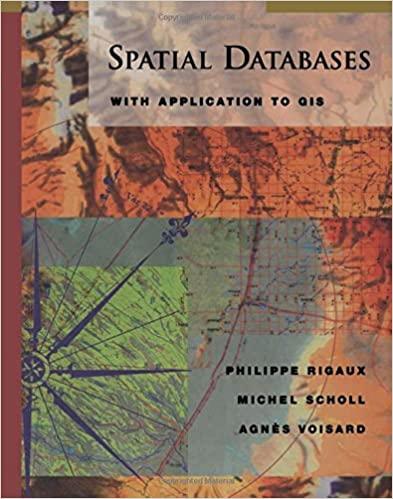Question
can you write the pseudocode for these 3 algorithms ..: def FordFulkerson(self, source, sink): parent = [-1]*(self.ROW) max_flow = 0 while self.BFS(source, sink, parent) :
can you write the pseudocode for these 3 algorithms ..:
def FordFulkerson(self, source, sink): parent = [-1]*(self.ROW) max_flow = 0 while self.BFS(source, sink, parent) : path_flow = float("Inf") s = sink while(s != source): path_flow = min (path_flow, self.graph[parent[s]][s]) s = parent[s] max_flow += path_flow v = sink while(v != source): u = parent[v] self.graph[u][v] -= path_flow self.graph[v][u] += path_flow v = parent[v] return max_flow
def DinicMaxflow(self, s, t):
if s == t: return -1
total = 0
while self.BFS(s, t) == True:
start = [0 for i in range(self.V+1)] while True: flow = self.sendFlow(s, float('inf'), t, start) if not flow: break total += flow return total
def Edmonds_Karp(graph, source, sink): # This array is filled by BFS and to store path parent = [-1] * (len(graph)) # make parent of all vertix -1 # O(1) residualGraph = copy.deepcopy(graph) # O(V^2) max_flow = 0 # There is no flow initially # O(1) # Augment the flow while there is path from source to sink while bfs(residualGraph, source, sink, parent): # O(V^2) path_flow = float("Inf") # O(1) s = sink # O(1) path = [] # to color it # O(1) while s != source: # O(P) # stort path to color it path.append((parent[s], s)) # O(1) # Find the minimum value in select path path_flow = min(path_flow, residualGraph[parent[s]][s]) # O(1) s = parent[s] # O(1) # Add path flow to overall flow max_flow += path_flow # O(1) # update residual capacities of the edges and reverse edges v = sink while v != source: # O(P) u = parent[v] # O(1) residualGraph[u][v] -= path_flow # O(1) residualGraph[v][u] += path_flow # O(1) v = parent[v] # O(1) return max_flow # O(1)
Step by Step Solution
There are 3 Steps involved in it
Step: 1

Get Instant Access to Expert-Tailored Solutions
See step-by-step solutions with expert insights and AI powered tools for academic success
Step: 2

Step: 3

Ace Your Homework with AI
Get the answers you need in no time with our AI-driven, step-by-step assistance
Get Started


